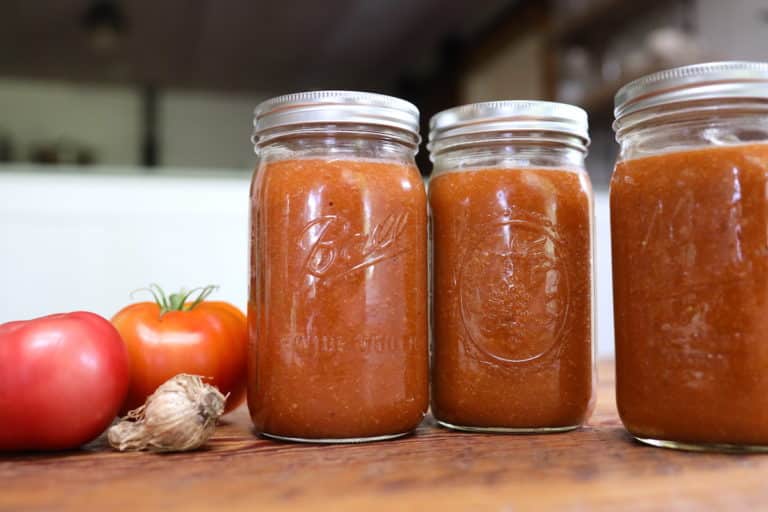35 Intentional Gifts to Get Outdoors and Make Memories!
Whether you’re heading into Christmas, a birthday, or any other gift occasion, giving gifts that are intentional and heartfelt can be tricky. In this post you’ll find our tried-and-true intentional gift ideas to make your holidays more meaningful and memorable. A Different—More Intentional—Way to Give Gifts We felt the pressure of the cultural norms around…



